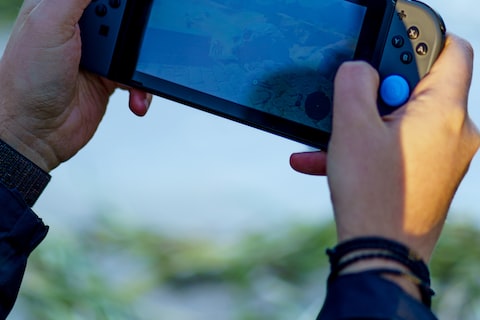Gender representation in video games has been a topic of discussion for quite some time. One common theme that often emerges is the concept of “Saving the Princess.” This article aims to explore the role of gender representation in video games, specifically focusing on this popular trope.
Video games have long been criticized for their portrayal of female characters as damsels in distress, waiting for male protagonists to save them. While this trope may seem archaic to some, it continues to persist in many video game narratives.
The impact of such gender representations on players, especially those within the age group of 10-35, cannot be ignored. Research has shown that repeated exposure to these narratives can shape players’ perceptions and expectations regarding gender roles.
By featuring princesses in need of rescue, video games can unintentionally perpetuate the idea that women are passive and in need of assistance from men. This can reinforce existing gender stereotypes and contribute to a narrow understanding of women’s capabilities.
However, it is important to note that not all video games follow this pattern. In recent years, there has been a significant push towards more diverse and empowering female characters. Games like “Tomb Raider” and “Metroid” have introduced strong, independent female protagonists who break the mold.
As players, we have the power to support and encourage such developments in the gaming industry. By demanding more diverse and realistic representations of women, we can contribute to a more inclusive gaming landscape.
Ultimately, the role of gender representation in video games is a complex and multifaceted issue. This article only scratches the surface of a much larger conversation. However, it serves as a starting point for critical reflection and discussion.

